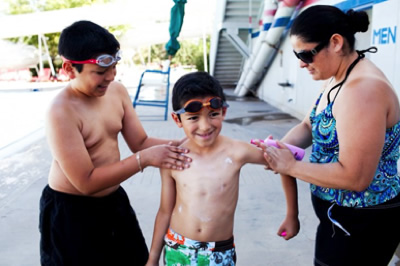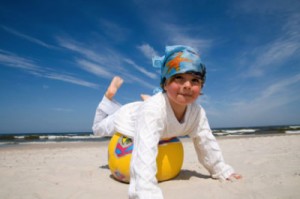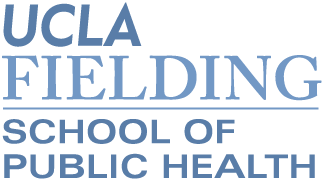
KEEP YOUR KIDS SAFE IN THE SUN!
Children with a family history of skin cancer are more likely than other children to develop skin cancer later in life.
 A child whose parent had melanoma has a higher risk of developing skin cancer in his or her lifetime compared to a peer without a family history. Some of this risk is genetic and cannot be changed, but there is a lot you can do to lower your child’s risk of skin cancer.
A child whose parent had melanoma has a higher risk of developing skin cancer in his or her lifetime compared to a peer without a family history. Some of this risk is genetic and cannot be changed, but there is a lot you can do to lower your child’s risk of skin cancer.
Childhood is the most critical period in which to protect your child from sunburns.
Research has found that one blistering sunburn in childhood may double a child’s risk of developing melanoma later in life.
By limiting your child’s sun exposure, you are lowering his or her risk of cancer later in life.
Reducing a child’s exposure to cancer-causing UV rays is the primary way to prevent skin cancer.
Turning pink?
Unprotected skin can be damaged by the sun’s UV rays in as little as 15 minutes. Yet it can take up to 12 hours for skin to show the full effect of sun exposure. So, if your child’s skin looks “a little pink” today, it may be burned tomorrow morning. To prevent further burning, get your child out of the sun.
Tan?
There’s no other way to say it—tanned skin is damaged skin. Any change in the color of your child’s skin after time outside—whether sunburn or suntan—indicates damage from UV rays.
Cool and cloudy?
Children still need protection. UV rays, not the temperature, do the damage. Clouds do not block UV rays, they filter them—and sometimes only slightly.
Oops!
Kids often get sunburned when they are outdoors for longer than expected. Remember to plan ahead, and keep sun protection handy—in your car, bag, or child’s backpack.
You’d do anything to take care of your kids. Reduce their risk for cancer later in life by protecting them from the sun now.
There are many ways to protect your child from the sun:
Seek shelter from the sun between 10 am and 2 pm.
UV rays are strongest and most harmful during midday, so it’s best to plan indoor activities then.
If you need to be outside, seek shade under a tree, an umbrella, or a pop-up tent. Need to be at the beach or a game? Make sure you bring a broad tent or umbrella. Have a choice of outdoor activities? Find a shaded, wooded trail and go for a hike.
Use clothing to cover up.
Clothing that covers your child’s skin helps protect against UV rays.
Although a long-sleeved shirt and long pants with a tight weave are best, they aren’t always practice. A t-shirt, long shorts, a rash guard, or a beach cover-up are good choices, too—but it’s wise to double-up on protection by applying sunscreen or keeping your child in the shade when possible.
Get a hat.
Hats that shade the face, scalp, ears and neck are easy to use and give great protection.
Baseball caps are popular among kids but they don’t protect their ears and neck. If your child chooses a cap, be sure to protect exposed areas with sunscreen.
Shades are cool.
And they protect your child’s eyes from UV rays, which can lead to cataracts and ocular melanoma later in life.
Look for sunglasses that wrap around and block as close to 100% of both UVA and UVB rays as possible.
Rub on sunscreen.
Use sunscreen with at least SPF 15 and UVA/UVB protection every time your child goes outside.
Sunscreen may be easy, but it doesn’t protect your child’s skin completely. Try combining sunscreen with other methods to prevent UV damage.
For most effective protection, apply sunscreen generously 30 minutes before going outdoors. And don’t forget to protect ears, noses, lips, and the tops of feet, which often go unprotected.
Take sunscreen with you to reapply during the day, especially after your child swims or exercises. This applies to “waterproof” and “water resistant” products as well.
Sunscreen is not meant to allow your kids to spend more time in the sun than they would otherwise. Sunscreen reduces damage from UV radiation, but doesn’t eliminate it.
LEARN MORE
For more information about how to protect yourself and your children from skin cancer.
